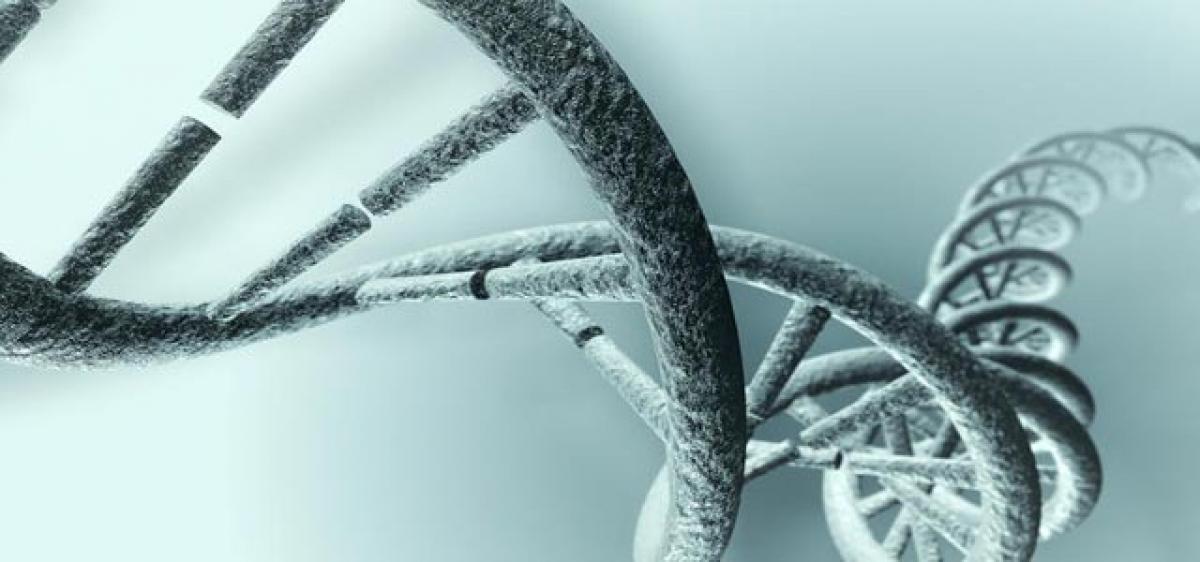Live
- Gold rates in Visakhapatnam today surges, check the rates on 15 November, 2024
- Tirupati: Student commits suicide
- Lenovo launches high-end tablet K11
- Tirupati: Two women die in accident
- Vaishnaoi launches new realty project
- Strive to bag national level Swachh Survekshan award
- India set to pip Japan as world’s 4th largest GDP
- WPI inflation rises to 4-mth high of 2.36% in Oct
- Google Maps Offers Real-Time Air Quality Tracking with New Hyperlocal AQI Feature
- Viraal fever outbreak hits BC Welfare Gurukul School in Satyavedu
Just In

Scientists have successfully stored a computer operating system, a short movie along with other data in DNA, an advance that may usher the next generation of ultra-compact, biological storage devices which will last hundreds of thousands of years.
Scientists have successfully stored a computer operating system, a short movie along with other data in DNA, an advance that may usher the next generation of ultra-compact, biological storage devices which will last hundreds of thousands of years.
In a new study, researchers from Columbia University and the New York Genome Centre (NYGC) in the US showed that the technology is extremely reliable. DNA is an ideal storage medium because it is ultra-compact and can last hundreds of thousands of years if kept in a cool, dry place, as demonstrated by the recent recovery of DNA from the bones of a 4,30,000-year-old human ancestor found in a cave in Spain. The researchers showed that their coding strategy packs 215 petabytes of data on a single gram of DNA.
It is only with recent advances in microfluidics and labs-on-a-chip that synthesizing and sequencing DNA has become an everyday task, though. While it took years for the original Human Genome Project to analyze a single human genome (some 3 billion DNA base pairs), modern lab equipment with microfluidic chips can do it in hours.
Now this isn’t to say that Church and Kosuri’s DNA storage is fast but it’s fast enough for very-long-term archival, according to www.extremetech.com We are simply producing too much data for magnetic storage to keep up, without a major unforeseen shift in the technology. Biological cells are capable of storing DNA, the information needed to create life and manufacture proteins.
Cells can be programmed to store information, according to Wikipedia. The three three important applications of recombinant DNA technology are in crop improvement, medicinal and industrial applications. According to a Microsoft blog, First the data is translated from 1s and 0s into the “letters” of the four nucleotide bases of a DNA strand (A)denine, (C)ytosine, (G)uanine and (T)hymine.
Then they have vendor Twist Bioscience “translate those letters, which are still in electronic form, into the molecules themselves, and send them back. “It’s essentially a test tube and you can barely see what’s in it. It looks like a little bit of salt was dried in the bottom.” Reading the data uses a biotech tweak to random access memory (RAM), another concept borrowed from computer science.

© 2024 Hyderabad Media House Limited/The Hans India. All rights reserved. Powered by hocalwire.com







